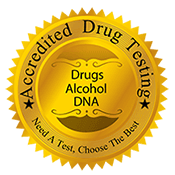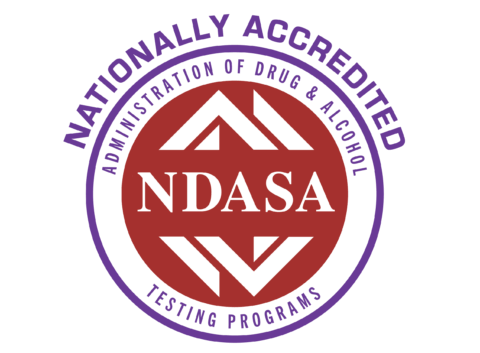DOT Oral Fluid Testing
DOT (Department of Transportation) oral fluid testing is an alternative drug testing method using saliva instead of urine, now authorized for DOT-regulated industries. While the DOT has finalized regulations allowing oral fluid testing, the implementation is contingent on HHS (Health and Human Services) certification of labs and the availability of trained collectors.
Key aspects of DOT oral fluid testing:
Legislation: The DOT finalized regulations in May 2023 to include oral fluid testing as an alternative to urine testing for DOT-regulated employers.
Certification: The implementation of oral fluid testing requires HHS certification of at least two labs, one for the primary test and one for split-specimen testing.
Training: Collectors need to be trained and proficient in using the specific oral fluid collection device.
Collection Sites: Collection sites can be permanent or temporary, at the work site or remote, and must meet specific requirements, according to the Department of Transportation.
Direct Observation: All oral fluid collections are directly observed, ensuring integrity of the sample.
Detection Window: Drugs can be detected in oral fluid for a shorter time than in urine, typically up to 48 hours.
Standing Orders:
Employers need to establish standing orders regarding the use of oral fluid or urine for testing.Implementation Challenges: While the DOT has made the regulations, the implementation has been delayed due to the lack of HHS-certified labs and the time required for training collectors.
DOT oral fluid testing is an alternative to traditional urine drug testing for safety-sensitive employees in the transportation industry. It involves collecting a saliva sample to detect drug use, offering advantages like quick and easy collection, observed specimen collection, and a less intrusive experience.
Key aspects of DOT oral fluid testing:
Purpose: To detect drug use in safety-sensitive employees, such as truck drivers, pilots, and railroad workers.
Method: A saliva sample is collected, typically using an oral swab or device placed in the mouth.
Advantages: Faster and easier than urine testing: Collection is quicker and less time-consuming for both the employee and the technician.
Directly observed collection: This reduces the potential for tampering or adulteration of the sample.
Less intrusive: It eliminates the need for private restrooms and same-gender collections, making it more comfortable for the employee.
Detects recent drug use: Drugs appear in saliva within minutes of ingestion.
Drugs tested:
The same drugs are tested as in urine DOT drug tests, including marijuana/THC, cocaine, opiates, amphetamines, and others.
Regulations:
The Department of Transportation (DOT) has approved oral fluid testing as an alternative to urine testing, but only when certified laboratories and collection devices are used.
Timing:
The DOT finalized its rule allowing oral fluid testing in 2023, but implementation was delayed until two HHS-certified laboratories were available.
Transgender/Non-Binary Individuals:
In situations requiring directly observed collections, oral fluid testing is mandated for transgender and non-binary individuals, ensuring a respectful and non-discriminatory process.
In summary, DOT oral fluid testing is a valuable tool for drug testing in the transportation industry, offering a more convenient, accurate, and less intrusive alternative to urine testing while maintaining the same level of drug detection.

